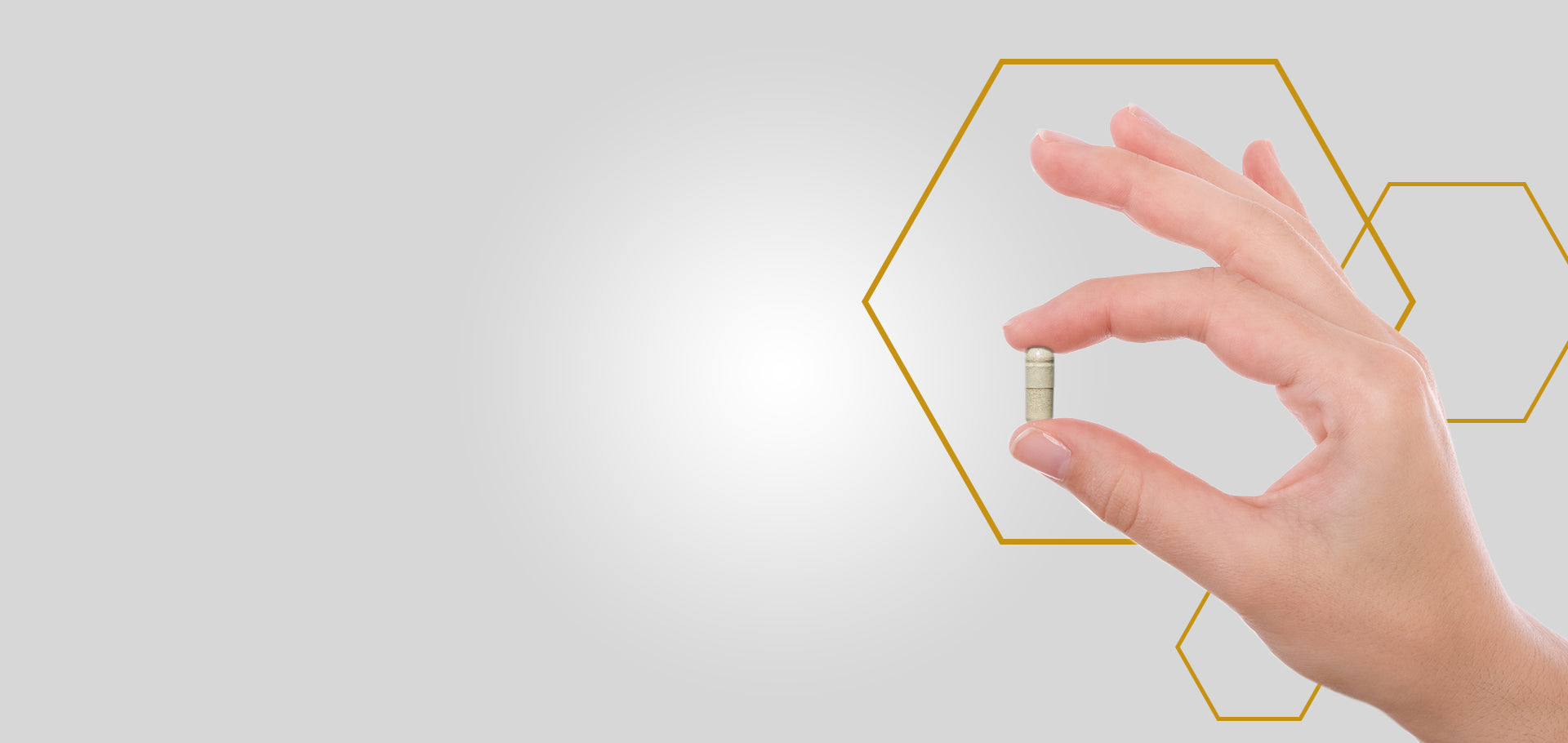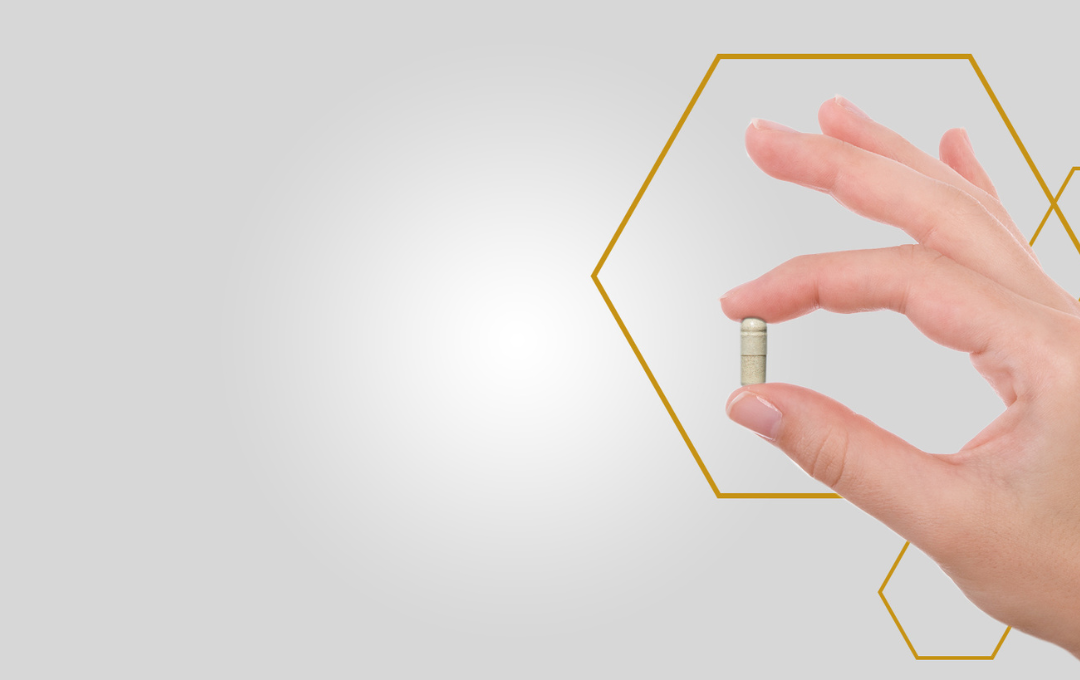HOW DOES NUCHIDO TIME+ BOOST NAD+?


Unlike other NAD+ boosting methods, Nuchido TIME+ is clinically proven to fix the root causes of NAD+ decline and restore the body's natural NAD+ production pathway. Nuchido TIME+ is a next generation NAD+ booster.
Nuchido’s whole-system approach to boosting NAD+ is unique and goes beyond other products like NR / NMN, NAD+ injections or NAD+ IV infusions.
While these other methods may have gained popularity, they fail to address the root causes of NAD+ decline which can cause further cellular dysfunction.
Nuchido TIME+ is a next generation NAD+ booster designed to address the root-causes of NAD+ decline to restore the body's natural NAD+ production.
Learn more about how Nuchido TIME+ is different to other NAD+ products
Unlike many supplement companies, everything we do at Nuchido Laboratories is rooted in science and we have conducted human clinical trials on Nuchido TIME+.
Keep reading for a deep dive into the science behind Nuchido TIME+ and how our formulation works.
You don’t get NAD+ from your diet. Your body naturally makes all the NAD+ it needs using an internal production pathway called the Salvage Pathway. In youthful cells, NAD+ is continuously produced when it is recycled and restored by this pathway.
During aging, NAD+ declines because the main enzyme in this pathway (NAMPT) stops working. At the same time, older cells also have more damage and inflammation so the demand for NAD+ increases.
This increased demand and reduced production causes NAD+ to rapidly decline as we get older.